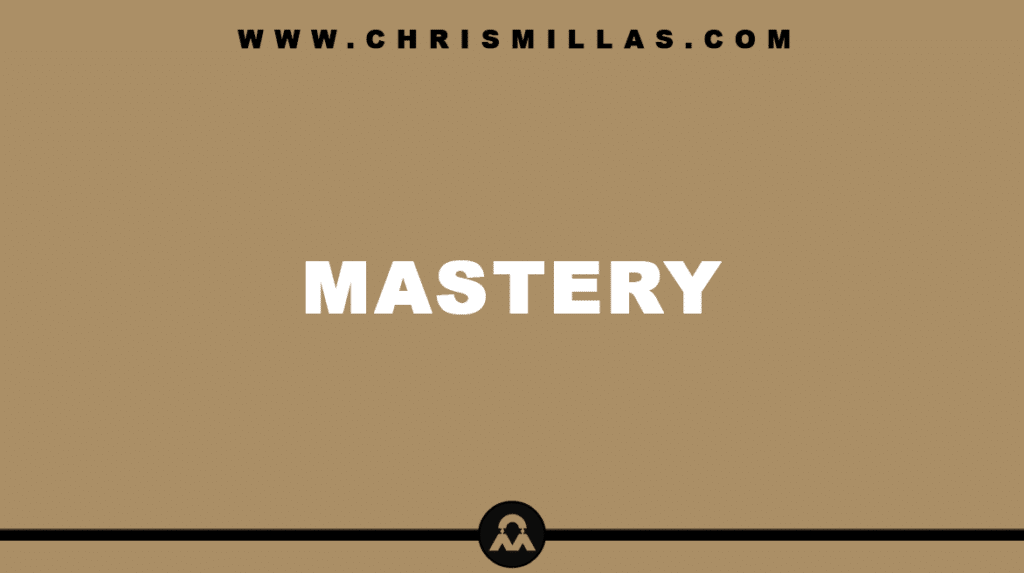In this post, we’ll unpack all you need to know about the 80/20 Principle, defining exactly what it is, a brief history, the power of this principle, how we can leverage it and more.
What Is The 80/20 Principle?
The 80/20 Principle, also known as the Pareto Principle, states that 80% of effects come from 20% of causes.
We can generalise this principle more broadly by stating that the majority of effects come from the minority of causes. In short, more is the result of less.
A Brief History
The 80/20 Principle was originally named the Pareto Principle, which comes from the name of Italian economist Vilfredo Pareto. Pareto discovered the principle after realizing that approximately 80% of the land in Italy was owned by 20% of the population. The principle was later popularised by business theorist Joseph Juran.
The Power Of The 80/20 Principle
The 80/20 Principle reveals that there is an unbalanced relationship between inputs and outputs. It reflects a fundamental phenomena of nature and thus applies to every area of our lives.
For example, the majority of a company’s profits result from the minority of its products. The majority of crime is committed by the minority of criminals. The majority of car accidents are committed by the minority of drivers.
The 80/20 Principle demonstrates that a small change in one variable is associated with a large change in another. This is because it reflects variables multiplied by each other rather than added to each other.
Knowing this, we are armed with the knowledge on how to optimise success.
The Secret Behind Specialisation
The 80/20 Principle is the secret ingredient behind specialisation which encourages individuals and organizations to focus their time and energy on specific niches. In doing so, they can achieve increased productivity and efficiency, yielding better outcomes with less effort.
Put more simply, this principle underscores the value of specialization in maximizing results.
How To Leverage The 80/20 Principle
The 80/20 Principle is all about minimising unproductive forces and maximising productive forces.
Therefore, the key to leveraging the 80/20 Principle is ultimately about focusing our time and energy on the behaviours that are most necessary to achieving our goals and the quality of life we desire. We can do this in 3 steps:
- Identify a goal.
- Identify the majority of forces that have the smallest impact on achieving that goal and minimise your time and energy on those forces.
- Identify the minority of forces that will have the biggest impact on achieving that goal and maximise your time and energy on those forces.
For example, let’s imagine a business has a goal to increase profits. They may decide to minimise their time and energy on marketing the majority of products that are generating the minority of sales and maximise their time and energy on marketing the minority of products that are generating the majority of sales.
One of the best and most effective ways of identifying the most important forces to achieving any goal is through modelling. This involves finding someone who has already achieved that goal and then replicating their behaviours.
Summary
The 80/20 Principle states that the majority of effects come from the minority of causes. It is a universal and timeless truth about the imbalance of inputs and outputs.
The key to leveraging it is minimising time and energy on unproductive forces and maximising time and energy on productive forces that align with our goals and the quality of life we desire.







